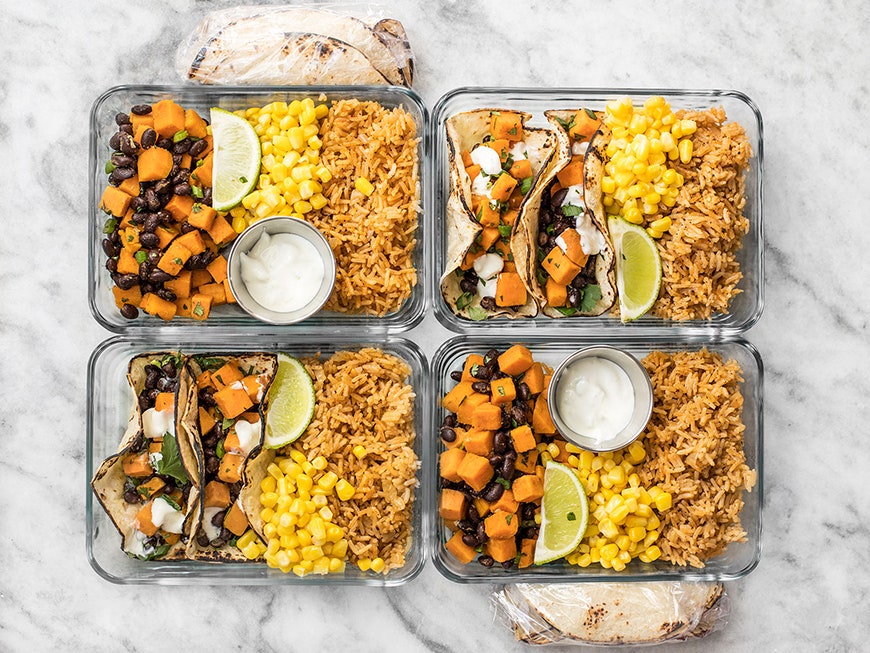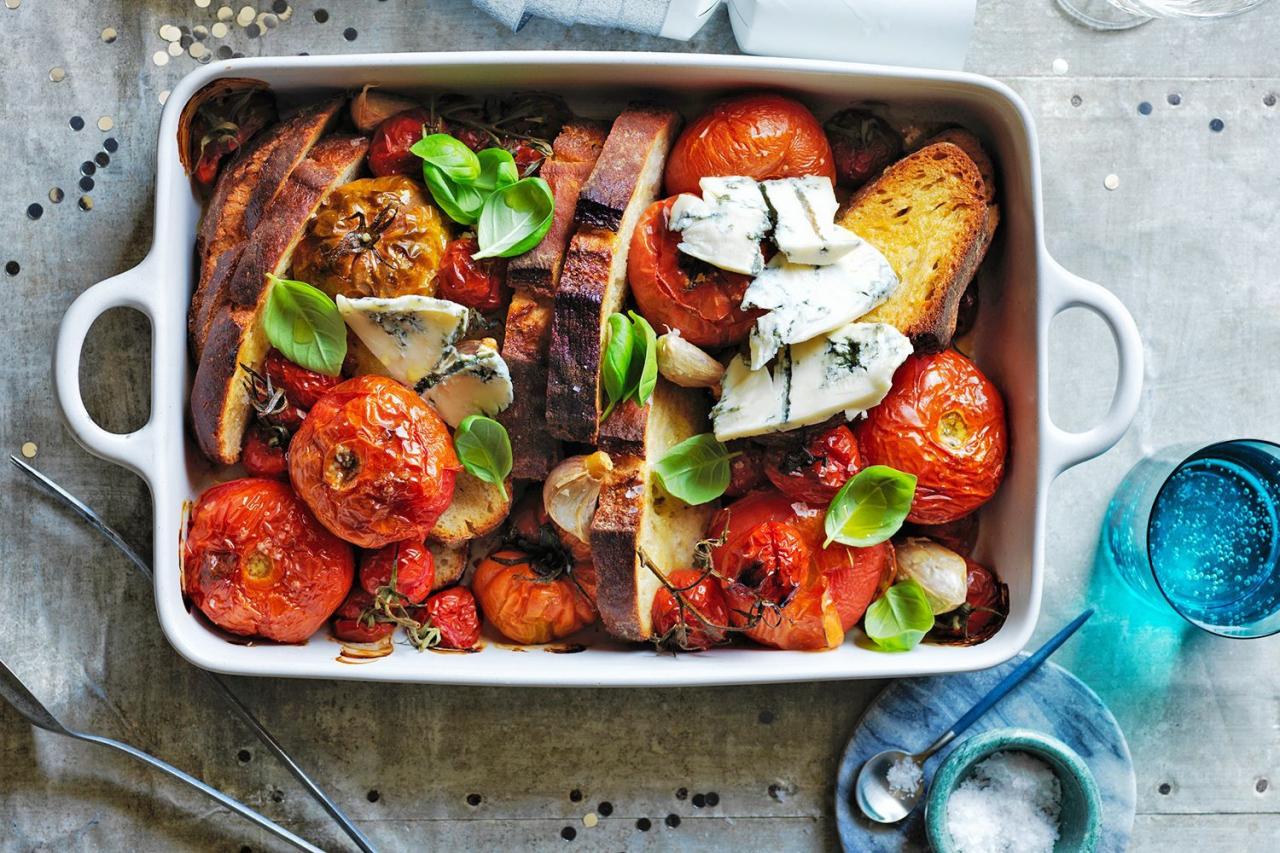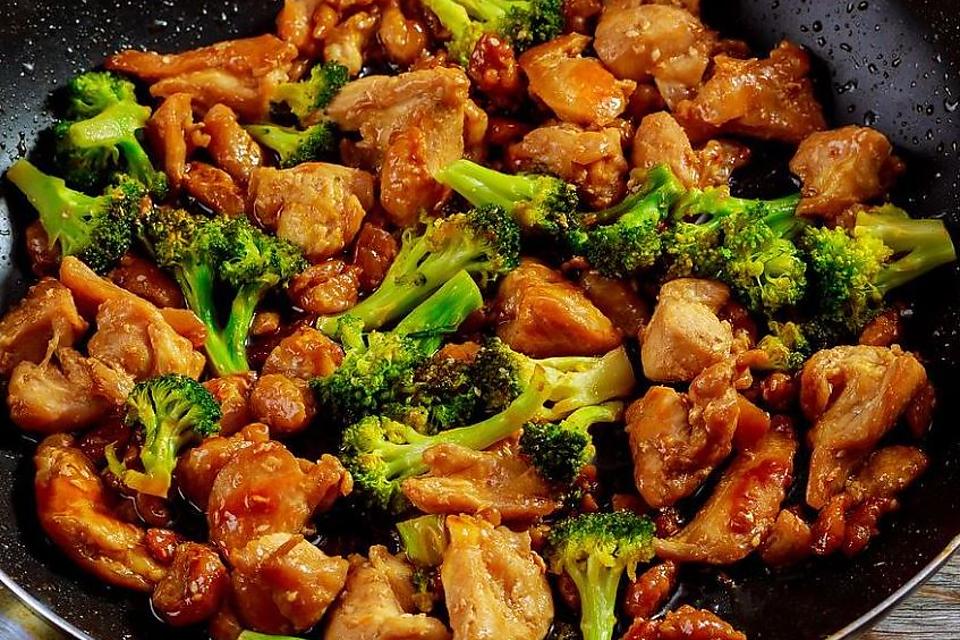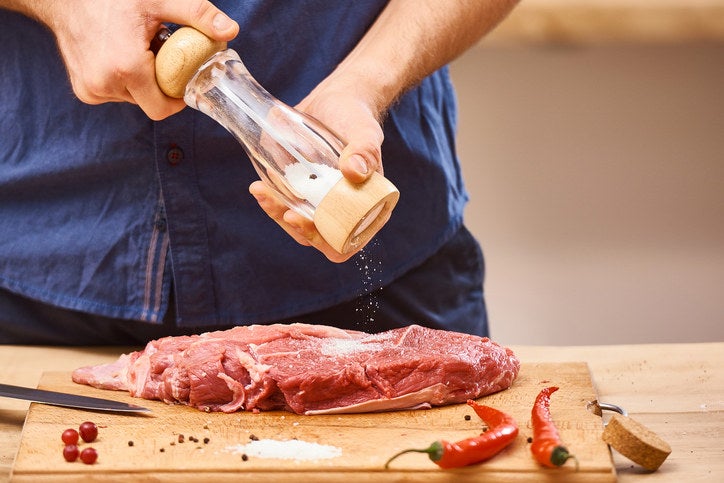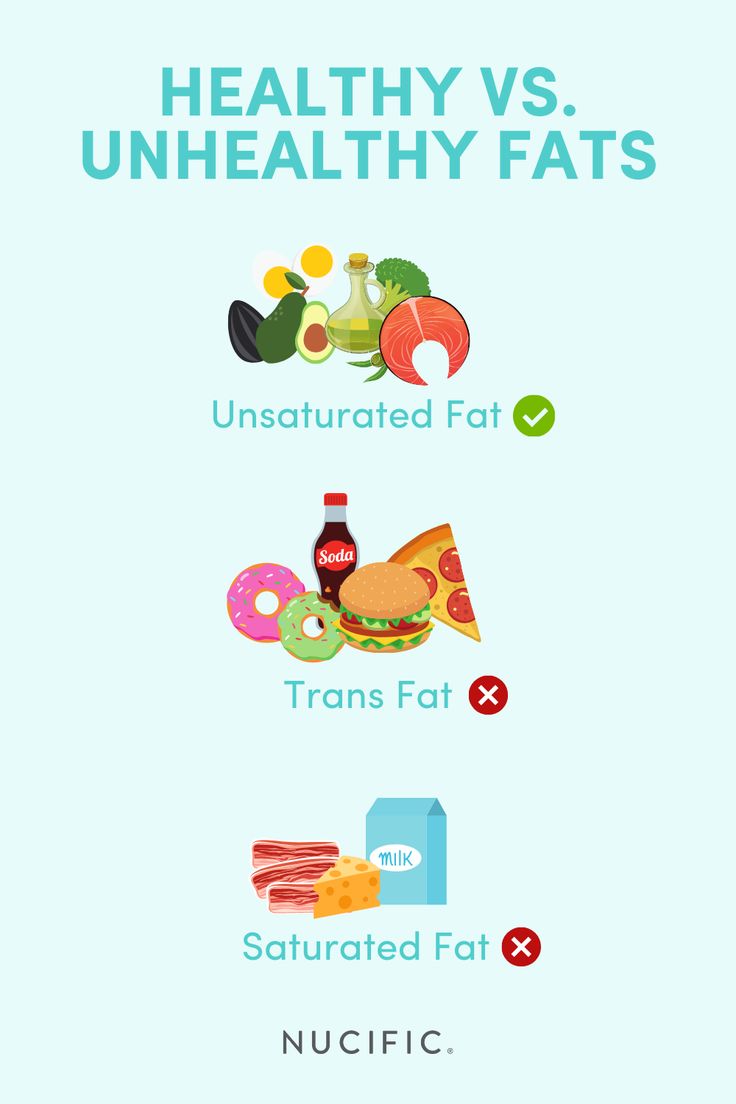In a world where fresh ingredients are cherished and celebrated, canned foods often get overlooked as a viable option for delicious and convenient meals. However, with a little creativity and know-how, canned foods can be transformed into culinary masterpieces. In this ultimate guide to cooking with canned foods, we’ll explore the endless possibilities that these pantry staples have to offer. From soups and stews to casseroles and desserts, get ready to revolutionize your cooking with the humble canned food.
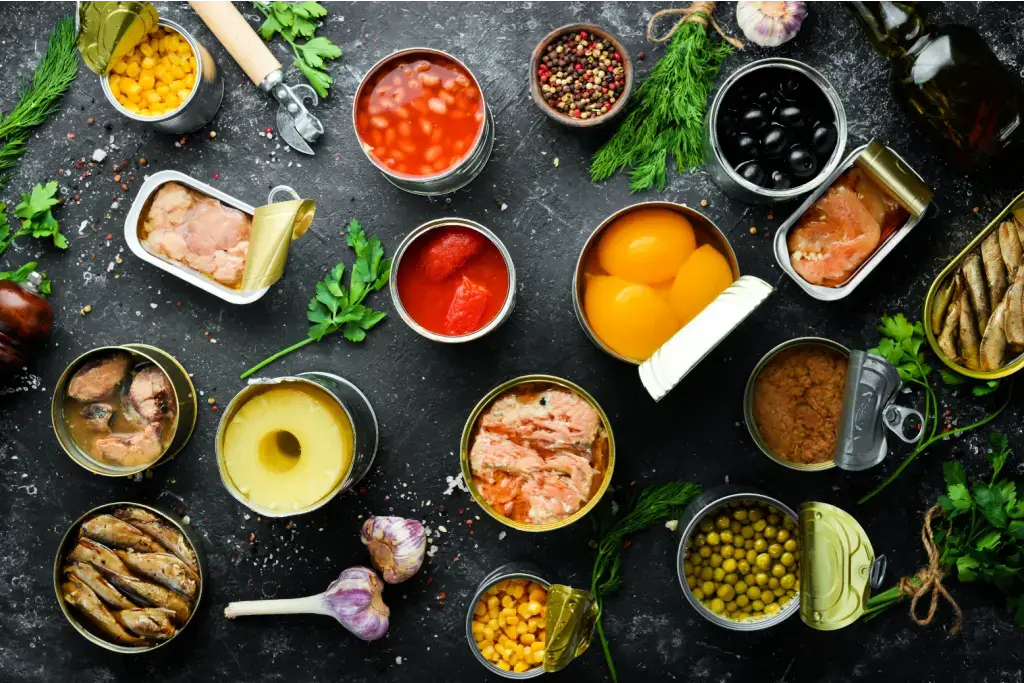
Choosing the Best Canned Foods for Cooking
When it comes to stocking up your pantry with canned foods for cooking, it’s important to choose the best options that will enhance the flavor and quality of your dishes. With so many choices available, it can be overwhelming to decide which canned foods to buy. Here are some tips to help you select the best canned foods for your cooking needs.
Types of Canned Foods:
- Vegetables
- Beans
- Soups
- Tomatoes
- Seafood
Things to Consider:
- Check the ingredients list for additives and preservatives
- Consider the sodium content
- Opt for BPA-free cans when possible
- Choose canned foods with a long shelf life
Tips for Maximizing Flavor and Nutrition
Getting the most out of canned foods is not only convenient but also a great way to add flavor and nutrition to your meals. Here are some tips to help you maximize the benefits of cooking with canned foods:
- Drain and rinse: Before using canned foods like beans or vegetables, be sure to drain and rinse them to reduce sodium and canned taste.
- Use the liquid: Don’t discard the liquid in canned fruits or vegetables, as it can be used in sauces, soups, or smoothies for added flavor and nutrients.
- Enhance with herbs and spices: Add herbs, spices, and aromatics to canned foods to boost their flavor profile and make them more exciting.
- Mix and match: Combine different canned foods to create unique and flavorful dishes, such as mixing canned beans with canned tomatoes for a hearty stew.
| Canned Food | Recipe Idea |
|---|---|
| Canned salmon | Salmon salad with avocado and lemon dressing |
| Canned chickpeas | Roasted chickpeas with cumin and paprika |
Creative and Delicious Recipes using Canned Foods
When it comes to creating delicious meals, canned foods are a fantastic ingredient to have in your pantry. They are convenient, affordable, and can be used in a variety of creative ways. In this ultimate guide, we will explore some mouth-watering recipes that you can make using canned foods.
Breakfast:
Start your day off right with a hearty breakfast using canned foods. Whip up a delicious Spanish omelette using canned potatoes, onions, and bell peppers. Serve it with a side of canned corn and black beans for a complete and filling meal.
Lunch:
For a quick and tasty lunch, try making a Tuna Nicoise Salad using canned tuna, green beans, and olives. Top it off with a creamy dressing made with canned anchovies and capers for a burst of flavor. This salad is not only delicious but also packed with protein and nutrients.
Dinner:
When it comes to dinner, the possibilities are endless with canned foods. Try making a Chickpea and Tomato Curry using canned chickpeas, tomatoes, and coconut milk. Serve it over a bed of rice for a satisfying and flavorful meal that is sure to impress your family and friends.
Proper Storage and Safety Precautions for Canned Foods
Some important things to keep in mind when it comes to storing canned foods include:
- Always check the expiration date before consuming canned goods. Consuming expired cans can pose health risks.
- Store canned foods in a cool, dry place away from direct sunlight. This will help prolong their shelf life.
- Make sure to rotate your stock of canned foods. Use the oldest cans first to ensure nothing goes to waste.
- Keep an eye out for any dented, rusty, or bulging cans. These can indicate spoilage or contamination and should be avoided.
When it comes to safety precautions for handling canned foods, always remember to:
- Wash your hands before and after handling canned goods to prevent any contamination.
- Use clean utensils and surfaces when opening and storing canned foods.
- Avoid eating directly from a can to prevent the risk of foodborne illnesses.
- If transferring leftovers from a can into another container, make sure the container is clean and airtight to maintain freshness.
In conclusion, cooking with canned foods can be a convenient and cost-effective way to create delicious meals in no time. By incorporating these pantry staples into your cooking repertoire, you’ll never be at a loss for quick and easy meal ideas. So next time you’re in a hurry or just looking to switch things up in the kitchen, don’t overlook the power of canned foods. With a little creativity and some pantry staples, you’ll be whipping up culinary masterpieces in no time. Happy cooking!



